The Connection: May 2025 Issue #81
Managing people in the construction industry is about solving deeply rooted HR challenges tied to physical labor, union dynamics, safety demands, and rapid project timelines. Across states like Ohio, Illinois, and Indiana, each with unique labor landscapes and regulatory climates.
Most conversations around construction HR focus on reactive measures. This piece is different. It leans into forward-thinking, often-overlooked strategies that transform traditional blue-collar HR into a competitive advantage.
Reframing HR for Builders: From Compliance to Competitive Leverage
Too often, HR for builders is confined to compliance tasks and incident reporting. In states like Ohio, Illinois, and Indiana, where construction jobs are surging post-pandemic, companies that view HR as a strategic function are outperforming others in recruitment, retention, and job site culture.
Proactive HR strategies like predictive labor planning, localized wage analysis, and upskilling programs tailored to trade labor can create a performance edge. These strategies anticipate workforce gaps before they emerge in construction jobs Ohio.
Construction Training Must Serve the Field, Not the Office
The biggest flaw in most construction training programs? They’re not designed for field workers HR. Corporate-led programs often ignore the reality of on-site schedules, language diversity, and trade-specific demands.
Deliver microlearning modules directly to field supervisors’ devices, bite-sized, visual, and job-relevant. Tie those modules into performance incentives. A better-trained workforce means fewer errors, stronger safety stats, and increased morale.
HR Audits as a Culture Barometer
In the Midwest construction sector, HR audits are typically compliance checks. Instead, treat audits as culture diagnostics.
- Are your policies enabling career mobility for junior laborers?
- Is there a disproportionate exit rate among certain trades?
- Are your project managers enforcing job site safety protocols?
Used correctly, HR audits reveal patterns. Not just violations. Addressing those patterns through coaching and operational change is a smart HR move in construction jobs Indiana.
Construction HR Tools Must Integrate Field
Let’s talk tech. Many construction HR tools cater to desktop users. That’s a misfire in an industry where the majority of the workforce doesn’t sit at a desk. Any system you use, from applicant tracking to benefits administration, must be mobile-first and job-site integrated.
Consider tools that allow real-time scheduling updates, weather-delay notifications, and digital incident reporting. These features support agile labor coordination and remove friction for the field team.
Labor Management Must Balance Speed and Fit
Labor management in the Midwest often becomes a race against time, especially during seasonal peaks. But speed shouldn’t come at the cost of poor-fit hires. The real advantage includes known quantities you can plug into projects on short notice.
In other words, build talent pipelines like general contractors build supplier relationships: with reliability and mutual benefit in mind. This approach stabilizes your construction hiring efforts and minimizes job site disruptions.
The Forgotten Role of HR Support in Union Workforce Settings
Navigating a union workforce isn’t just about negotiating terms or resolving disputes. It’s also about building internal alignment. Most HR teams forget that union reps are also stakeholders in workforce success.
Providing structured HR support for union collaboration. Here’s where most HR policies fail: they’re drafted in an office, then forced onto a crew that operates in vastly different conditions.
HR Services Midwest Construction Firms Need but Rarely Invest In
Midwest builders often underinvest in non-recruitment HR services. These services, however, can drastically reduce turnover and improve worker well-being. Trade labor hiring is often treated as a game of volume.
Construction firms in Ohio and Illinois should consider fractional HR consultants who specialize in blue-collar HR. These specialists can introduce scalable practices without adding full-time overhead.
Job Site Safety is an HR Function, Whether You Admit It or Not
Finally, job site safety is often pushed to safety officers. From onboarding to crew communication to stress management, HR has a massive influence on safety outcomes for construction jobs Illinois.
Build safety into job descriptions. Measure foremen on safety engagement. Tie safety performance to team-based bonuses. If HR takes true ownership of safety, incident rates and insurance premiums will drop.
Conclusion:
Construction firms that view HR as a core operational function win the labor war. Real transformation comes from deeply understanding the reality of field work and designing HR strategies that serve it.



